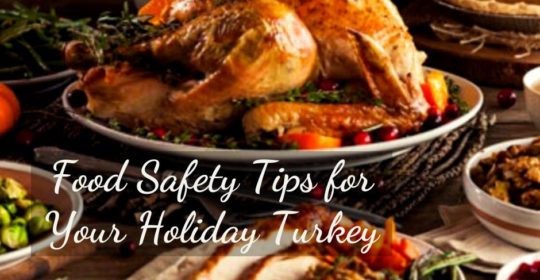
Food Safety Tips for Your Holiday Turkey
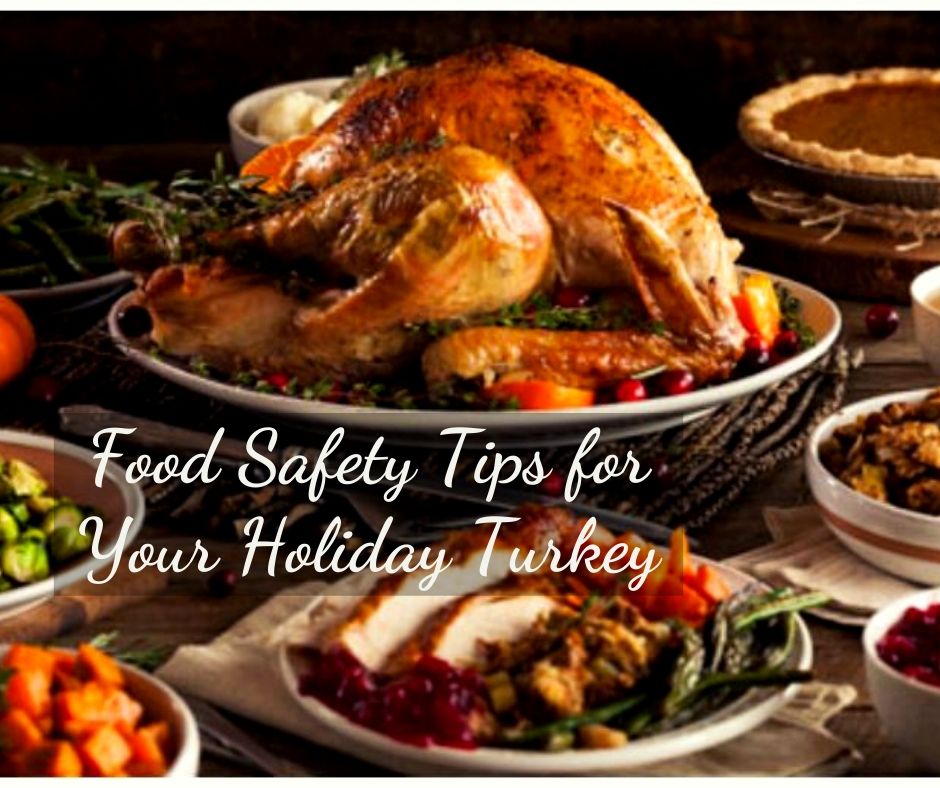
The Thanksgiving meal is the largest that many cooks prepare each year. Handling poultry (chickens and turkey) incorrectly and undercooking it are the most common problems that lead to foodborne disease outbreaks linked to poultry. The following information may help you to prepare your special Thanksgiving meal and help you countdown to the holiday.
Fresh or Frozen?
Fresh Turkeys
- Allow 1 pound of turkey per person.
- Buy your turkey only 1 to 2 days before you plan to cook it.
- Keep it stored in the refrigerator until you’re ready to cook it. Place it on a tray or in a pan to catch any juices that may leak.
- Do not buy fresh pre-stuffed turkeys. If not handled properly, any harmful bacteria that may be in the stuffing can multiply very quickly.
Frozen Turkeys
- Allow 1 pound of turkey per person.
- Keep frozen until you’re ready to thaw it.
- Turkeys can be kept frozen in the freezer indefinitely; however, cook within 1 year for best quality.
Frozen Pre-Stuffed Turkeys
USDA recommends only buying frozen pre-stuffed turkeys that display the USDA or State mark of inspection on the packaging. These turkeys are safe because they have been processed under controlled conditions.
DO NOT THAW before cooking. Cook from the frozen state. Follow package directions for proper handling and cooking.
Allow 1¼ pounds of turkey per person.
Thaw Your Turkey Safely
3 Ways to Thaw
While frozen, a turkey is safe indefinitely. As soon it begins to thaw the bacteria that may have been present before freezing will begin to grow again. Here are three ways to safely thaw your bird.
Handle Your Turkey the Right Way
Raw poultry can contaminate anything it touches with harmful bacteria. Follow the four steps to food safety—clean, separate, cook, and chill—to prevent the spread of bacteria to your food, family, and friends.
Cook Stuffing Thoroughly
Cooking stuffing separately from the turkey in a casserole dish makes it easy to be sure it is thoroughly cooked. If you cook stuffing in the turkey, put the stuffing in the turkey just before cooking.
With either cooking method, use a food thermometer to make sure the stuffing’s center reaches 165°F. Bacteria can survive in stuffing that has not reached 165°F and may then cause food poisoning. If you cook stuffing in the turkey, wait 20 minutes after taking the bird out of the oven before removing the stuffing; this allows it to cook a little more.
Cook Your Turkey Thoroughly
Set the oven temperature to at least 325°F. Place the completely thawed turkey in a roasting pan that is 2 to 2-1/2 inches deep. Cooking times will vary depending on the weight of the turkey. Use a food thermometer to make sure the turkey has reached a safe internal temperature of 165°F. Check by inserting a food thermometer into the center of the stuffing and the thickest portions of the breast, thigh, and wing joint.
Even if your turkey has a pop-up temperature indicator, you should still use a food thermometer to check that it is safely cooked.Let the turkey stand 20 minutes before removing all stuffing from the cavity and carving the and how to use a food thermometer.
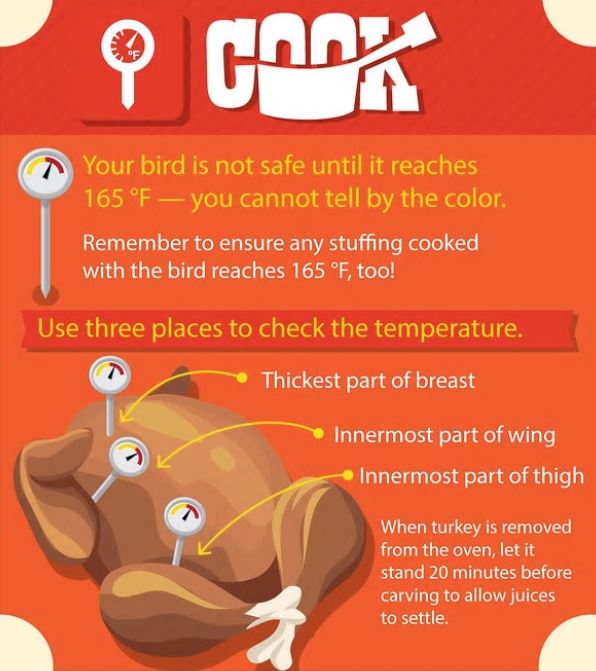
Take Care of Leftovers
The bacteria Clostridium perfringens grows in cooked foods left at room temperature. It is the second most common bacterial cause of food poisoning. The major symptoms are vomiting and abdominal cramps within 6 to 24 hours after eating. Clostridium perfringens outbreaks occur most often in November and December. Many of these outbreaks have been linked to foods commonly served during the holidays, such as turkey and roast beef.
Refrigerate leftovers at 40°F or colder as soon as possible and within two hours of preparation to prevent food poisoning. Slice or divide big cuts of meat, such as a roast turkey, into small quantities for refrigeration so they will cool quickly. Reheat all leftovers to at least 165°F before serving.
Source:
- CDC
- USDA


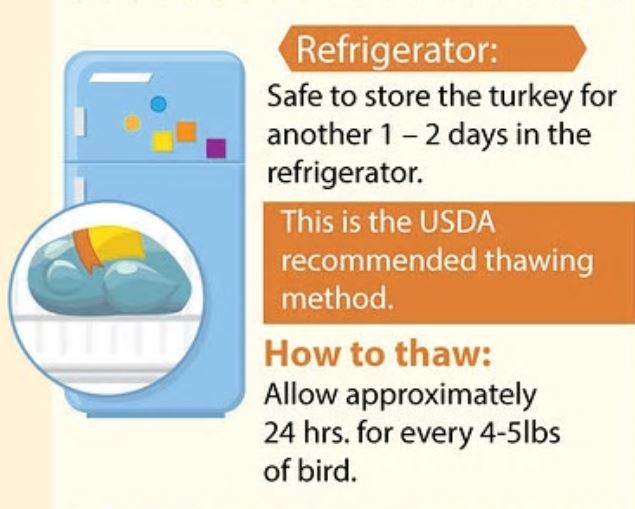
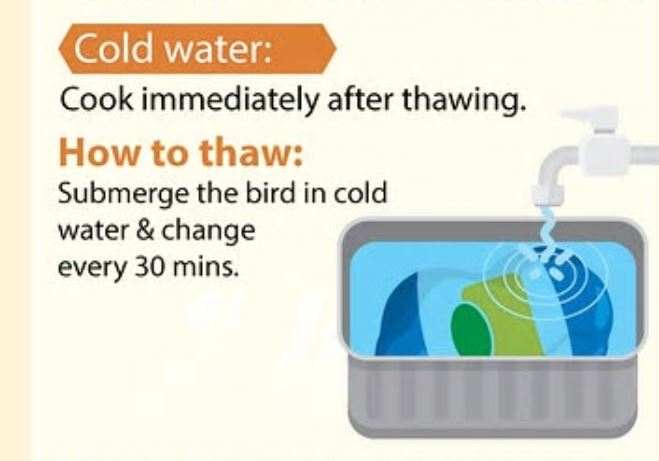
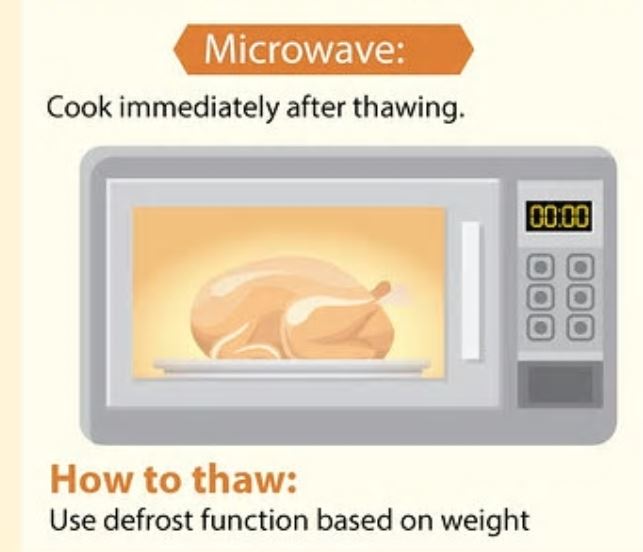
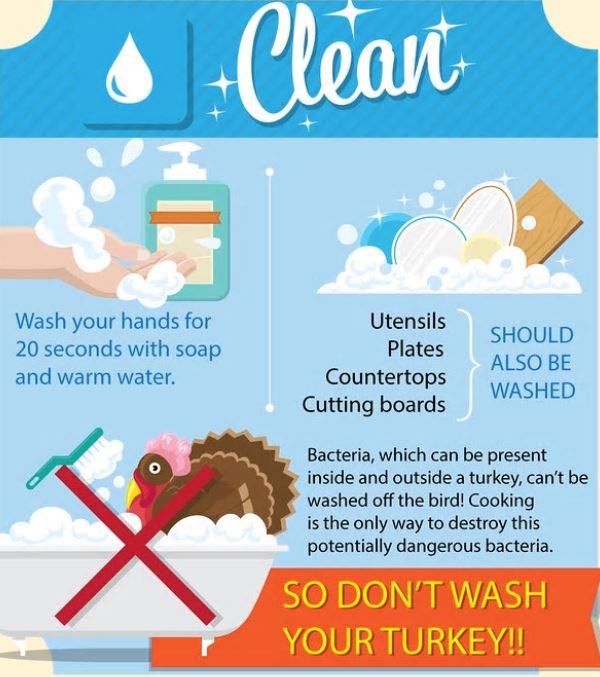
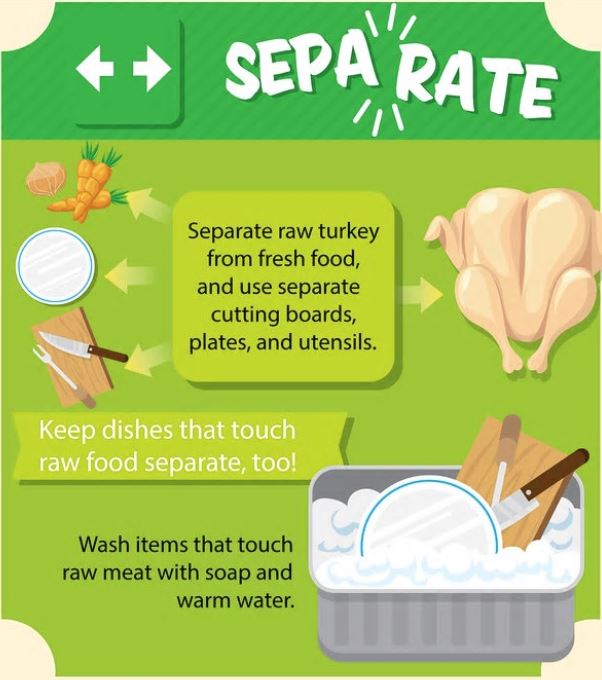
Most Commented